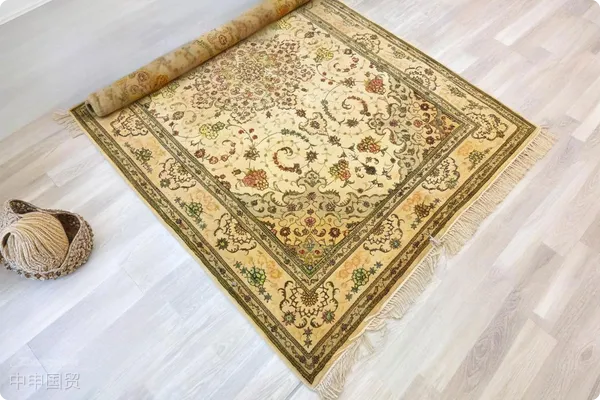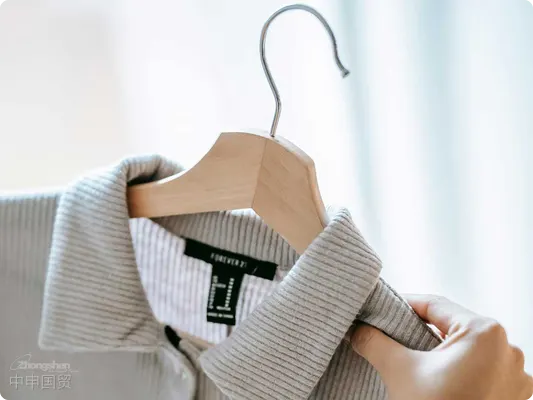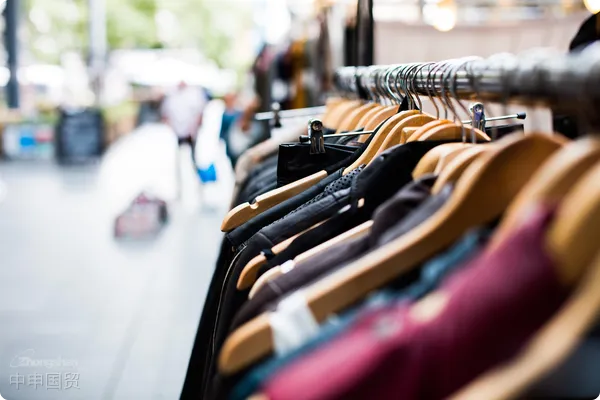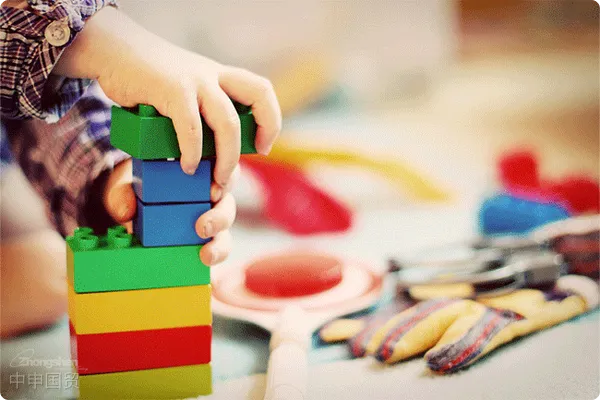- Shanghai Zhongshen International Trade Co., Ltd. - Two decades of trade agency expertise.
- Service Hotline: 139 1787 2118
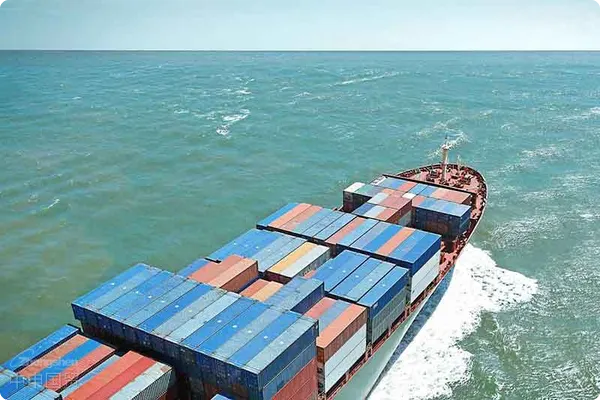
On the grand stage of international trade,Compulsory certificationLighting fixtures involve a series of important factors such as tariffs.
I. Overview of the Russian Lighting Fixtures Market
Russia is a country with a large population and vast territory, and its demand for lighting fixtures is continuously growing. Whether in residential lighting, commercial lighting, or industrial lighting fields, there is considerable market potential. From traditional incandescent lamps to modern LED fixtures, different types of lighting fixtures have their own audiences in the Russian market. With the development of Russias economy and the improvement of peoples living standards, the requirements for lighting quality and aesthetic appeal of fixtures are gradually increasing, providing opportunities for lighting fixture exporters.
II. Tariff Policies
Tariff Rates
- Russias tariff rates for lighting fixtures are not uniformly fixed. They vary depending on the type of fixture (e.g., indoor, outdoor, special-purpose), material (plastic, metal, etc.), and lighting technology (e.g., general lighting fixtures vs. smart lighting fixtures). Generally, ordinary incandescent fixtures may have relatively lower tariffs, while some high-end LED fixtures with special functions may have higher tariffs. Currently, the tariff rates for some common lighting fixtures may range between 5% - 20%, but this is only a general range, and the actual rate needs to be determined based on the specific product classification.
Basis for Tariff Calculation
- Tariffs are usually calculated based on the value of the lighting fixtures. The value here refers to the declared value of the goods submitted by the exporter to Russian Customs. When assessing the value, Customs may consider various factors, such as the contract price and market prices of similar products. If Customs suspects that the declared value is too low, they may conduct a revaluation, which requires exporters to declare the value of the fixtures accurately and reasonably to avoid unnecessary complications.
III. Other Factors Affecting Tariffs
Trade Agreement
- If the exporting country has signed relevant trade agreements with Russia, it may affect the tariffs on lighting fixtures. For example, some regional trade agreements may grant preferential tariff treatment, or even zero tariffs, to lighting products from specific countries. For instance, countries within the Eurasian Economic Union may enjoy more favorable tariff policies when exporting lighting fixtures to Russia, which to some extent enhances the competitiveness of lighting products from Union countries in the Russian market.
Product Certification
– In Russia, lighting products must comply with certain certification requirements. If lighting fixtures fail to pass relevant certifications such as GOST-R, they may face additional regulatory measures, which indirectly affect tariff enforcement. For example, non-compliant lighting fixtures may be detained by customs or required to undergo rectification and reassessment of tariffs, thereby increasing export costs and time expenditures.
IV. Coping Strategies
Accurate Product Classification Declaration
– Lighting exporters must thoroughly study Russias tariff schedule and accurately classify their products for declaration. This requires companies to have detailed knowledge of their products functions, materials, and uses to determine the most precise tariff rates, avoiding overpayment or underpayment due to classification errors.
Leveraging Trade Agreement Benefits
– If the exporters country has a trade agreement with Russia, they should actively apply for preferential tariff treatment. This may require submitting supporting documents such as certificates of origin to prove the products meet the preferential conditions under the trade agreement.It is recommended to verify through the following methods:Ensuring Product Certification Compliance
– Before exporting lighting products to Russia, companies must ensure their products have obtained all required Russian certifications. This not only facilitates smooth customs clearance and avoids tariff-related risks due to certification issues but also enhances product recognition and competitiveness in the Russian market.
The tariff-related situation for exporting lighting products to Russia is complex. Lighting exporters need comprehensive understanding of relevant policies and influencing factors to better operate in the Russian market.
Factors Influencing Lighting Export Prices to Russia and General Price Ranges
Related Recommendations
? 2025. All Rights Reserved. 滬ICP備2023007705號-2  PSB Record: Shanghai No.31011502009912
PSB Record: Shanghai No.31011502009912
